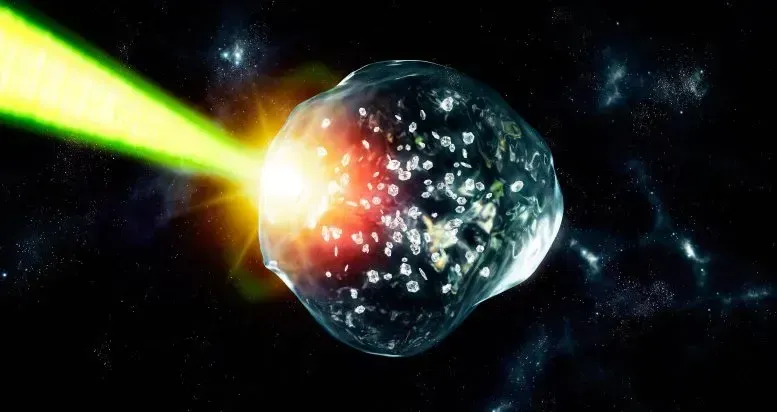In a paper published in the journal Matter on the 1st, American scientists created a zinc battery with an unexpected material, crab shell, which contains a biodegradable electrolyte.
Hu Liangbing, lead author of the paper and director of the Center for Materials Innovation at the University of Maryland, said the production and consumption of large numbers of batteries increases the burden on the environment. For example, polypropylene and polycarbonate separators widely used in lithium-ion batteries take hundreds or thousands of years to degrade.
Batteries shuttle ions back and forth between positively and negatively charged terminals through an electrolyte. Electrolytes can be liquids, pastes or gels. While many batteries use flammable or corrosive chemicals, the newly developed battery uses a biomaterial called chitosan to create a gel electrolyte that can store electricity from large-scale wind and solar energy.
Hu Liangbing pointed out that chitosan is a derivative of chitin. Chitin comes from many sources, including the cell walls of fungi, the exoskeletons of crustaceans, and squid rings. The richest source of chitosan is the exoskeletons of crustaceans, including crabs, shrimps and lobsters, which are readily obtained from seafood waste.
The biodegradable electrolyte means that about 2/3 of the battery can be decomposed by microorganisms, and the chitosan electrolyte can be completely decomposed within 5 months. New batteries degrade leaving behind only the zinc metal component, not lead or lithium. Zinc is more abundant in the earth’s crust than lithium, and mature zinc batteries are cheaper and safer.
This chitosan zinc battery has an energy efficiency of 99.7% after 1000 battery cycles, making it a viable option for storing wind and solar energy for transmission to the grid.




GIPHY App Key not set. Please check settings